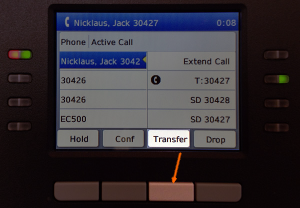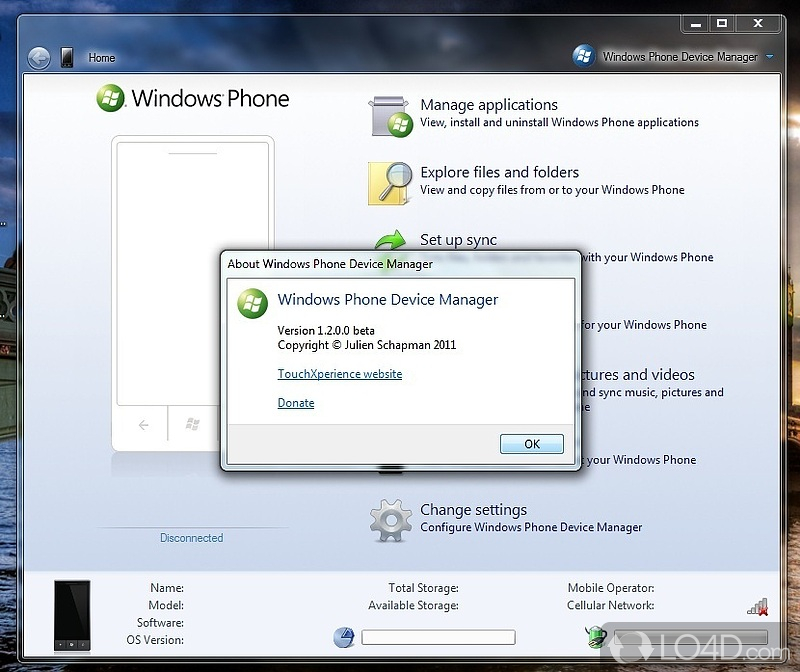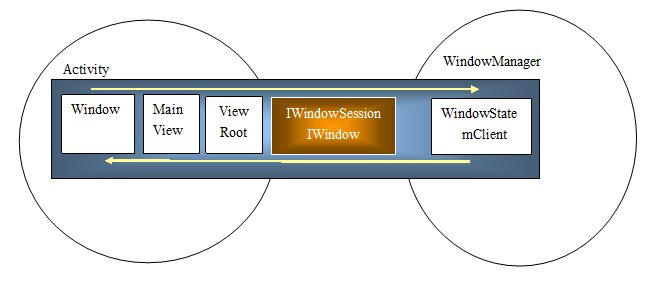
- #Windowmanager typephone android
- #Windowmanager typephone windows 7
- #Windowmanager typephone windows
If (android.os._INT >= android.os.Build.VERSION_CODES. Simply replace TYPE_PHONE with TYPE_APPLICATION_OVERLAY if (and only if) user is equal or above Oreo: final WindowManager.LayoutParams params The POSIX.6 audit interfaces allow for this type of portability.

#Windowmanager typephone windows
I'm sure it can be simplified, but it works perfectly otherwise. for application interfaces to services such as windows (1201.1) and X.400 message. The proof of concept is here - Smart Taskbar (on AppBrain) and here V1.4.0 Sidebar style SWKey - Button savior (on xda-developers) I have been successful and have a running service now. Provides low-level communication with the system window manager for operations that are bound to a particular context, display or parent window. 311 I'm trying to create an always-op-top button/clickable-image which stays on top of all the windows all the time. Use the flag TYPE_APPLICATION_OVERLAY instead of TYPE_PHONE in WindowManager.LayoutParams: _APPLICATION_OVERLAY Since WindowManager itself is of interface type, we can directly see its implementation class WindowManagerImpl. If youre the type who bills by the hour, you can open the Start menu. If (_INT >= Build.VERSION_CODES.This is occurring because the targetSdkVersion in the example and your targetSdkVersion are different. But its still called the Start menu, and its still the gateway to everything on the PC. This.mWmParams = new WindowManager.LayoutParams() These windows appear on top of their attached. Log.e("FloatView-","宽"+mScreenWidth+"-"+"高"+mScreenHeight) public static final int FIRSTSUBWINDOW 1000 / Window type: a panel on top of an application window. MWindowManager.getDefaultDisplay().getMetrics(dm) Very few apps should use this permission these windows are intended for system-level interaction with the user. MWindowManager = (WindowManager) mContext.getSystemService(Context.WINDOW_SERVICE) ĭisplayMetrics dm = new DisplayMetrics() Source SYSTEMALERTWINDOW String SYSTEMALERTWINDOW Allows an app to create windows using the type TYPEAPPLICATIONOVERLAY, shown on top of all other apps.
#Windowmanager typephone android
WmParams.alpha = (1.0f - ((BRIGHTNESS + 55) / (float) 255)) WindowManager.LayoutParams Android Developers Summary: Inherited XML Attrs Constants Inherited Constants Fields Inherited Fields Ctors Methods Inherited Methods Expand All Since: API Level 1 public static class WindowManager.LayoutParams extends ViewGroup. It does not employ the Desktop Window Manager, as such, it does not feature transparency or translucency, window animation, Windows Flip 3D or any of the. GetColor(this, sharedPreferences.getInt(SharedPrefs.KEY_COLOR_ID, R.color.black))) WmParams.flags = _NOT_TOUCHABLE | _NOT_FOCUSABLE | _LAYOUT_IN_SCREEN | _WATCH_OUTSIDE_TOUCH | _FULLSCREEN * These windows are normally placed above all applications, but behind This is where WindowManager steps in and ensures your windows are placed exactly where you want them whenever you open them.
There are three main classes of window types:- Application windows (ranging.


#Windowmanager typephone windows 7
* user interaction with the phone (in particular incoming calls). Many programs don't remember their position and size between sessions, and even Windows Explorer does not restore Windows to their last position under Windows 7 or higher. public float verticalWeight / The general type of window.

WindowManager.LayoutParams params new WindowManager.LayoutParams (, , PixelFormat. These are non-application windows providing There are three main classes of window types: Application windows (ranging from FIRSTAPPLICATIONWINDOW to LASTAPPLICATIONWINDOW). 2 Answers Sorted by: 0 Use this it has worked for me. WmParams = new WindowManager.LayoutParams(_PARENT, TYPEPHONE, // Type Phone, These are non-application windows providing user. Use the flag TYPEAPPLICATIONOVERLAY instead of TYPEPHONE in WindowManager.LayoutParams: WindowManager. Wm = (WindowManager) getApplicationContext().getSystemService(Context.WINDOW_SERVICE) This is occurring because the targetSdkVersion in the example and your targetSdkVersion are different. MyView = new LinearLayout(getApplicationContext()) myView = new LinearLayout(new ContextThemeWrapper(getApplicationContext(), R.style.Theme_Transparent), null, 0)


 0 kommentar(er)
0 kommentar(er)
